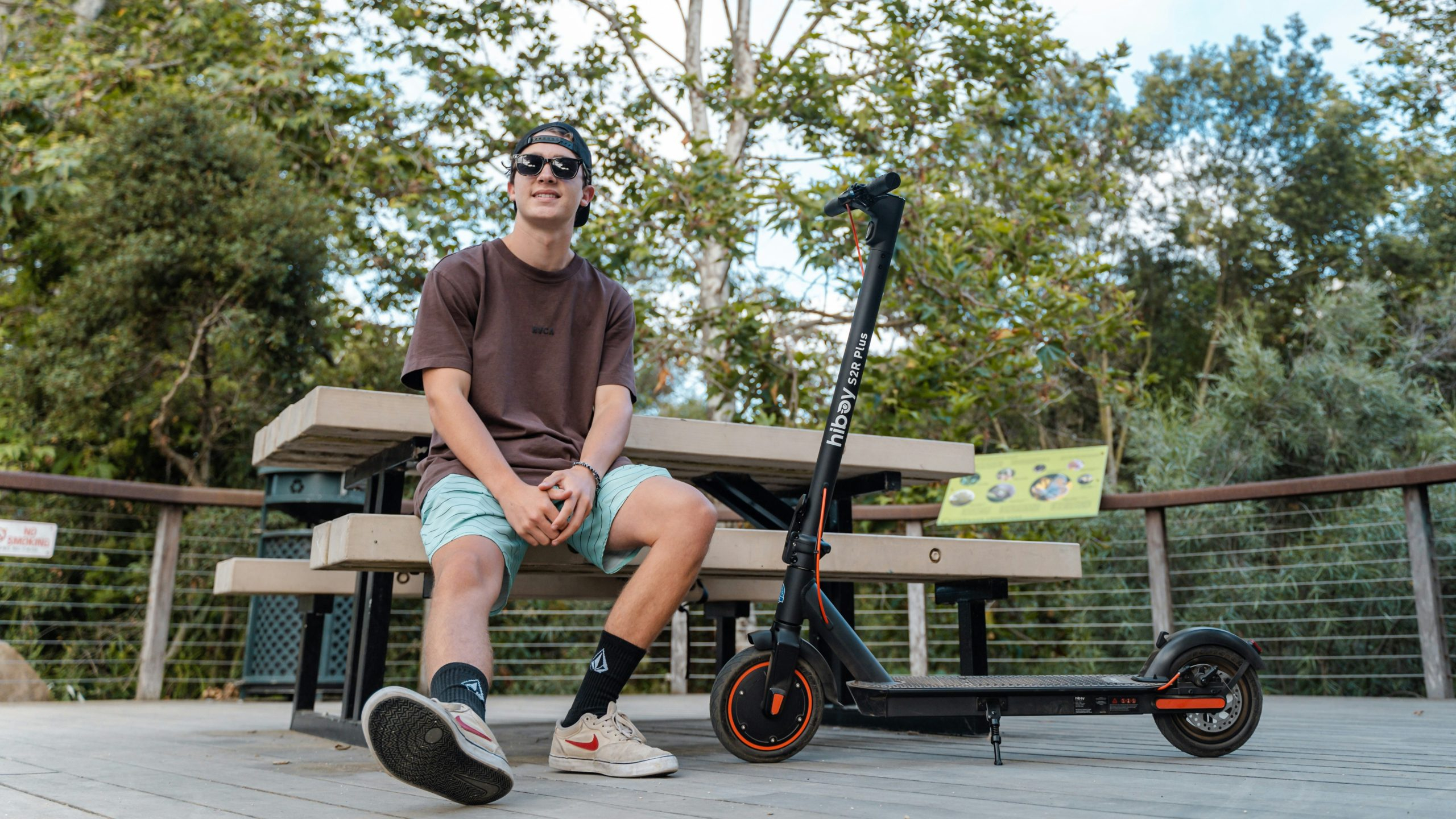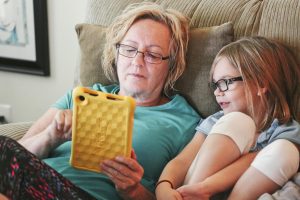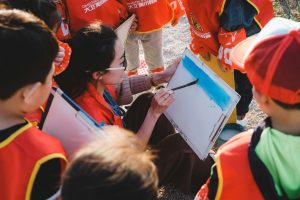How technology supports students with special needs
Special education has undergone significant changes in the past few decades, with technology playing a crucial role in supporting students with special needs. Technology has opened up new opportunities for students with disabilities, providing them with a range of tools and technologies that can enhance their learning experience. With the increasing use of technology in the education sector, it has become easier than ever to cater to the specific needs of these students and help them realize their full potential. In this article, we will explore how technology supports students with special needs and the various ways in which it has revolutionized the field of special education.
Assistive Technology: A game-changer for students with special needs
Assistive technology refers to any device, software, or tool that helps individuals with disabilities to perform tasks that they would have difficulty completing otherwise. In the context of education, assistive technology has become an integral component of special education, assisting students with diverse needs to access and engage in learning activities. These technologies have revolutionized the way students with special needs learn, enabling them to participate in the learning process and achieve their educational goals.
Visual aids for students with visual impairments
For students with visual impairments, assistive technology has been a game-changer. With the help of screen readers, magnifiers, and voice recognition software, these students are now able to access and engage with digital content. For instance, screen readers convert text on a computer screen to speech, allowing visually impaired students to read and write without any assistance. Similarly, magnifiers help students with low vision to view enlarged and clear images of text, maps, and diagrams, making it easier for them to understand and learn. These technologies have not only enabled students with visual impairments to access educational content, but they have also improved their learning outcomes significantly.
Communication tools for students with speech and language disorders
Students with speech and language disorders often struggle with communication, making it challenging for them to express their thoughts and engage in classroom discussions. However, with the advent of technology, there has been a surge in communication tools and apps that assist these students in communicating effectively. Tools like Augmentative and Alternative Communication (AAC) devices use symbols, pictures, and text-to-speech technology to help students with speech and language disorders to communicate their thoughts, preferences, and needs. These technologies have given a voice to students who were previously unable to express themselves and have significantly improved their social and academic interactions.
Personalized learning: A boon for students with learning disabilities
Students with learning disabilities face unique challenges in the traditional classroom setting, where teaching is mostly centered around a one-size-fits-all approach. However, technology has opened up new possibilities for these students by enabling personalized learning. Adaptive learning technologies and educational software are designed to cater to the individual needs and learning styles of students with learning disabilities. They use adaptive algorithms to adjust the difficulty level of tasks based on the student’s progress, ensuring that they are challenged but not overwhelmed. These technologies also provide immediate feedback and monitor the student’s performance, making it easier for teachers to identify and address their learning needs.
Virtual reality: Creating an immersive learning experience
Virtual reality (VR) has emerged as a powerful tool for students with special needs, providing them with a unique and engaging way to learn. With the help of VR headsets, students can take virtual field trips, explore historical sites, and experience different cultures, making learning more interactive and fun. For students with physical disabilities, who may find it difficult to be physically present in a classroom or go on field trips, virtual reality offers an equal opportunity to learn and participate in activities with their classmates. It also enables educators to design personalized learning experiences and tailor the learning environment to meet the specific needs of these students.
The way forward
Technology has come a long way in supporting students with special needs, but there is still much work to be done. As technology continues to evolve, there is a need for continuous research and development to identify new tools and technologies that can assist students with special needs. Educators must be trained in the use of these technologies and be equipped with the skills to create inclusive learning environments. Governments and educational institutions must invest in assistive technology and ensure that it is accessible to all students with special needs. With the right intervention and support, technology can be a powerful tool in breaking barriers and empowering students with special needs to achieve their full potential.
Special education has come a long way, and technology has played a significant role in this journey. With innovative tools and technologies, students with special needs now have more resources and opportunities to learn, grow, and thrive. As we continue to embrace technology in education, let us not forget the students with special needs and ensure that they are not left behind in this digital age.










